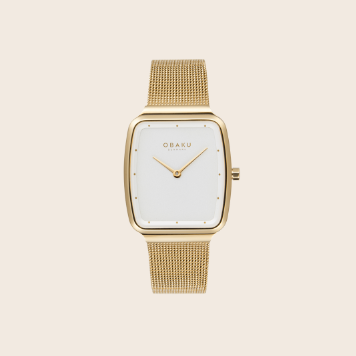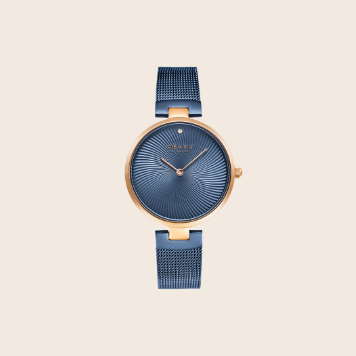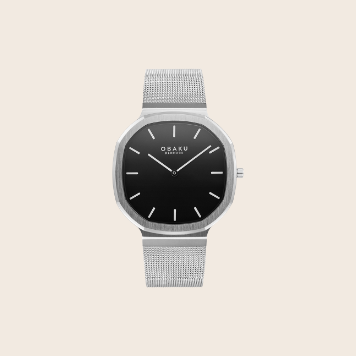The landscape of the watch industry has undergone significant transformation, particularly with the advent of smartwatches. As we venture further into 2024, the distinction between smartwatches and traditional timepieces becomes more pronounced, not just in functionality but in aesthetics, cultural significance, and personal expression. This blog post delves into the ongoing evolution of the watch market, offering insights into the unique aspects of both smartwatches and traditional watches.
Functionality: The Smart Edge
Smartwatches have redefined what we expect from a watch. Beyond merely telling time, they have become extensions of our smartphones and, by extension, of ourselves. From tracking health metrics like heart rate and sleep patterns to managing notifications and controlling smart home devices, the functionalities are vast and continuously expanding. The appeal of having a mini-computer on your wrist is undeniable in an era where digital connectivity is paramount.
Conversely, traditional watches focus on doing one thing exceptionally well: keeping time. However, this simplicity belies the intricate craftsmanship behind mechanical and quartz movements, offering a tactile connection to timekeeping that smartwatches cannot replicate.
Aesthetics: Timeless Elegance vs. Modern Innovation
Traditional watches are celebrated for their craftsmanship, design, and the beauty of their mechanical movements. They are not just timekeepers but pieces of wearable art that reflect personal style, heritage, and even status. The aesthetic appeal of a traditional watch lies in its design, materials, and the story it tells.
Smartwatches, while more utilitarian in appearance, have made significant strides in aesthetics. With customizable faces and bands, they offer a level of personalization that traditional watches cannot match. However, they often lack the timeless elegance and unique craftsmanship that makes traditional watches cherished heirlooms.
Cultural Significance: Tradition Meets Technology
Traditional watches have a storied place in culture and history. They're often passed down through generations, carrying stories and memories. Owning a traditional watch connects individuals to a lineage of craftsmanship and design, offering a sense of belonging to a broader cultural heritage.
Smartwatches signify a shift towards a more connected, health-conscious, and technologically integrated lifestyle. They symbolize progress and the future, appealing to a generation that values convenience, innovation, and personal fitness.
Navigating the Choice
Choosing between a smartwatch and a traditional watch often comes down to personal preference and lifestyle needs. For those who value connectivity and digital functionality, a smartwatch is an indispensable tool. For others, the allure of traditional watches lies in their craftsmanship, aesthetic appeal, and the emotional connection they foster.
The Coexistence and Future Outlook
As we move through 2024, it's clear that smartwatches and traditional watches cater to different aspects of our lives and personalities. The future of the watch market is not about one replacing the other but about these two types of timepieces coexisting, each serving distinct purposes. Innovations in smartwatch technology will continue to push the boundaries of what a watch can do, while traditional watches will remain coveted for their craftsmanship, beauty, and emotional significance.
In conclusion, whether you lean towards the cutting-edge functionality of smartwatches or the timeless elegance of traditional watches, the choice reflects your personal narrative in an era that celebrates both innovation and tradition. As the digital shift continues to evolve, the watch on your wrist says more about you than ever before.






